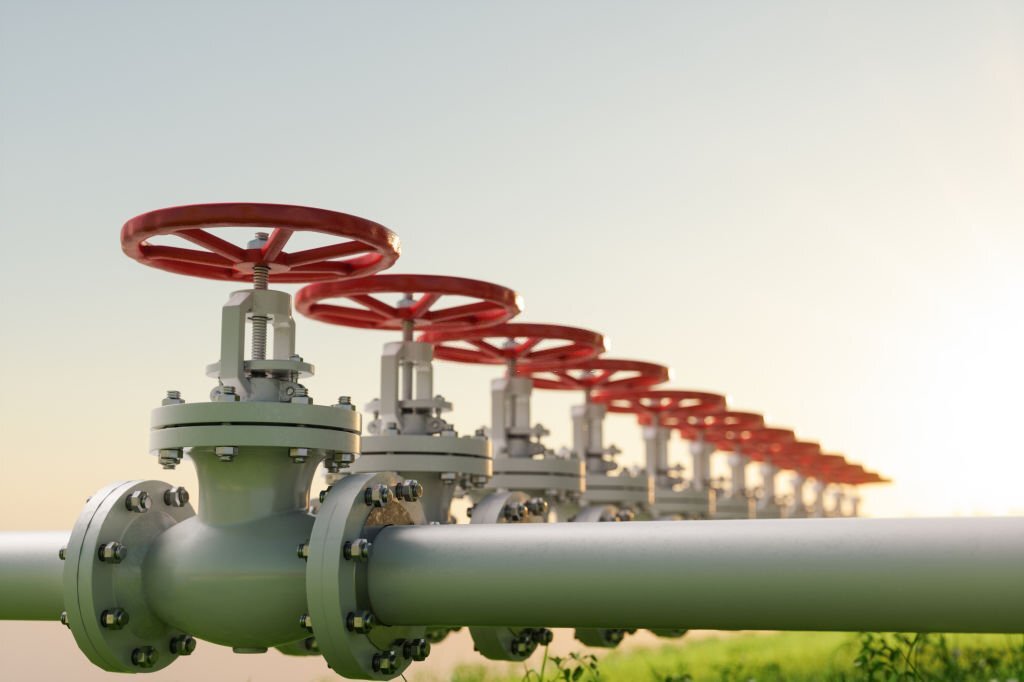Gas Control Valve Guide
If you work with gas, you need a good understanding of controlling gas flow. A gas control valve is a device that regulates the flow of gas. There are many types of control valves. This guide will tell you what it is and how to choose the right one for your use.
What is a Gas Control Valve?
A gas control valve is a device that regulates the flow of gas in a pipeline. It is typically used to control the pressure and flow of natural gas in a pipeline system. It also restricts the flow of other gases, such as propane, butane, and methane.
How to Choose the Right Gas Control Valve
Size
The flow capacity of a valve is determined by its size, which must match the system’s desired (or needed) flow rate. To assess a valve’s applicability, consider its flow coefficient (Cv), which describes the connection between the pressure drop over the valve and the related flow rate.
Temperature
When choosing a gas control valve, it’s vital to consider both the temperature of the system medium passing through it and the ambient operating temperature of the surrounding area. Your choice of the valve will also depend on how frequently and consistently the temperatures will vary. This is because changing temperatures can cause sealing materials to expand and shrink.
Application
Your choice will undoubtedly be influenced by what the valve needs to accomplish. To limit your selections, take note of the following typical valve functions:
- Ball valves offer an on/off shutdown that is leak-tight.
- Check valves allow fluids to flow in one direction only to control backflow.
- In applications requiring high and ultrahigh purity, diaphragm valves offer efficient shutdown.
- In both general- and severe-service applications, needle valves regulate flow.
- Relief valves offer straightforward, dependable overpressure resistance.
- Rising plug valves raise a plug out of the way to obtain full flow.
Pressure
Any chosen valve must be able to maintain pressure and function under various temperatures and pressures. The pressure limit of a fluid system is determined by its lowest-rated component. Keep this in mind when choosing valves. ”design pressure” refers to the maximum pressure limit of a valve, and ”working pressure” refers to the system’s normal operating pressure. Never allow any chosen fluid system component’s working pressure to exceed its design pressure.
End-connection
Choosing a suitable gas control valve with end connections is crucial to keep systems from leaking. These connectors include integral tube fittings, pipe threads, pipe flanges, welded ends, and more. Making the proper connection can simplify installation and help prevent extra leak points.

